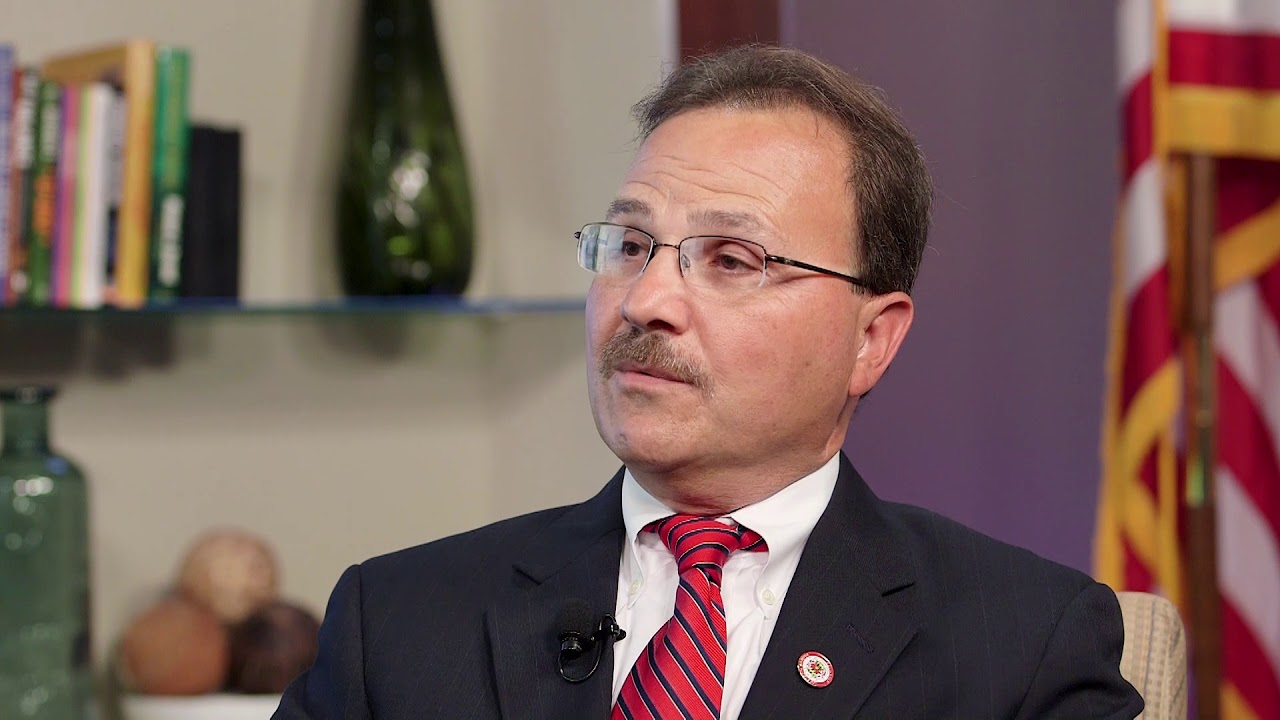Ginnie Mae’s recent announcement regarding their Single-Family Applicant and Issuer Financial Eligibility Requirements represents a major step forward in reducing a potential systemic risk to the housing financial system.
Since the 2008 financial crisis, a significant structural change has taken place which over time threatens the long-term stability of housing finance. The growth in the number of nonbank financial institutions originating and servicing mortgages and their industry concentration is an unintended consequence of the pull-back in the mortgage business by depository institutions and for some time has represented a gaping hole in managing systemic risk for the industry.
Nonbanks, for example, account for more than 87% of all Ginnie Mae originations and more than two-thirds of GSE originations. The presence of nonbanks enabled the housing finance system to heal after the crisis without further disrupting markets, however, those firms generally pose significantly greater counterparty risk to Ginnie Mae.
Ginnie Mae is exposed to counterparty risk in several ways. Should an issuer fail, Ginnie Mae is responsible for passing along payments to investors in Ginnie MBS. Should a servicer fail, Ginnie Mae could experience problems in transferring servicing along with a host of other operational challenges.
For years, Ginnie Mae has been woefully under resourced, which leaves the agency extremely vulnerable to the failure of a large issuer or servicer. Were that to happen, the market reverberations would be immense.
Mortgage-specializing nonbanks collectively pose risk due to a number of factors; a monoline business model that generates more overall earnings volatility from the mortgage cycle than more diversified depositories, greater dependency on less stable sources of liquidity, heavier investment in riskier mortgage servicing rights (MSRs) assets, and a lack of federal safety and soundness regulatory oversight.
Federal safety and soundness regulatory requirements for depositories, including risk-based capital and liquidity ratios, are extensive for the banking industry generally and have become even more so for the largest banks. As a result, these institutions face a great deal of scrutiny on their risk-management practices, governance and culture ,which as we learned in the last crisis were key ingredients to excessive risk-taking.
In the aftermath of the crisis, banks were forced to significantly raise capital, retool their risk management functions and significantly improve their mortgage underwriting and servicing practices and infrastructure. To be fair, this level of regulatory oversight was needed due to the criticality of banks to the financial system and potential exposure FDIC has by way of federal deposit insurance. However, nonbank counterparty risk exposure for Ginnie Mae is very real and critical to contain.
To put some of this nonbank counterparty risk into focus, consider these statistics. The top 10 holders of MSRs account for 62% of total MSRs for loans collateralizing Ginnie MBS. Only two of those 10 are depositories. And the top 30 companies account for 83% of those MSRs.
MSRs are notoriously tricky to value and are treated as a Level 3 mark-to-model asset. Estimating value is highly dependent on a whole host of assumptions such as what discount rate to use as well as models to project interest rates and estimate voluntary and involuntary prepayment rates over time. In a market where interest rates can move quickly at times, MSRs pose significantly greater balance sheet volatility and are even more concerning when they comprise a large share of a company’s asset base as they do for several large nonbanks.
There should be no surprise then that Basel capital requirements impose a 250% risk weight on bank MSRs not deducted from common equity tier 1 capital (CET1).
It is well-established that the credit profile for Ginnie Mae borrowers is riskier than for GSE loans. On two important dimensions of credit, median FICOs and debt-to-income (DTI) ratios of loans originated by nonbank have been worse than depositories.
Further, in an empirical study of bank and nonbank mortgage risks, I found that controlling for all other factors used in underwriting a borrower, loans originated between 1999-2015 by nonbanks were 1.5-2.2 times more likely to become 90 days past due or worse than other originators. While no specific factor can be attributed to this result, it may reflect issues related to a lack of federal safety and soundness oversight that can manifest in loan manufacturing quality issues over time.
We saw this with several large nonbank institutions during the 2008 crisis. The combination of an overall higher credit risk profile for Ginnie Mae borrowers than the GSEs and higher credit risk attributes of borrowers with loans originated by nonbanks, further punctuates the need to ensure strong net worth, liquidity and risk-based capital requirements on these firms.
Ginnie Mae’s revised financial eligibility requirements provide a sensible way to manage their counterparty risk in a consistent manner that creates a more level playing field for all market participants.
Some will undoubtedly argue that tightening liquidity, net worth and capital requirements will shrink the size of the market and thus impose unnecessary hardship on prospective borrowers. Achieving a balance between equitable access to the mortgage market and prudent risk management practices is perennially an issue when developing new industry rules.
When the GSEs and FHFA announced they would be imposing risk-based capital requirements on private mortgage insurance companies years ago, similar concerns were expressed, but over time, those requirements have turned out to be beneficial to the GSEs, the mortgage insurance companies and the market at large for strengthening a critical segment of the housing finance system.
Nonbanks have served the housing finance system well in the years since the 2008 financial crisis and their prominence in mortgage origination and servicing is recognized. Their monumental success in this area, however, poses considerable risk to Ginnie Mae and the housing finance system in general.
By tightening their new financial eligibility requirements, Ginnie Mae has taken a step in the right direction to reduce their counterparty risk exposure as well as systemic risk to the housing finance system.
Clifford Rossi is Professor-of-the Practice and Executive-in-Residence at the Robert H. Smith School of Business at the University of Maryland. He has 23 years of industry experience having held several C-level executive risk management roles at some of the largest financial institutions.
This column does not necessarily reflect the opinion of HousingWire’s editorial department and its owners.
To contact the author of this story:
Clifford Rossi at crossi@umd.edu
To contact the editor responsible for this story:
Sarah Wheeler at swheeler@housingwire.com







You fail to address some significant issues in your article. For starters, depositories have generally run as quickly as possible from Ginnie business. The ones that do fund Ginnie loans, tend to be extremely overlay heavy (thus the reason that bank business performs better, they are cherry picking originations). Who is stepping in to fill the void of non depositories are unwilling or unable to meet more onerous requirements? Here’s a hint, the banks aren’t going to. While your article may be fundamentally sound on paper, it fails to address real world issues that this will cause, and ultimately hurt the borrowers that Ginnie business is supposed to help.